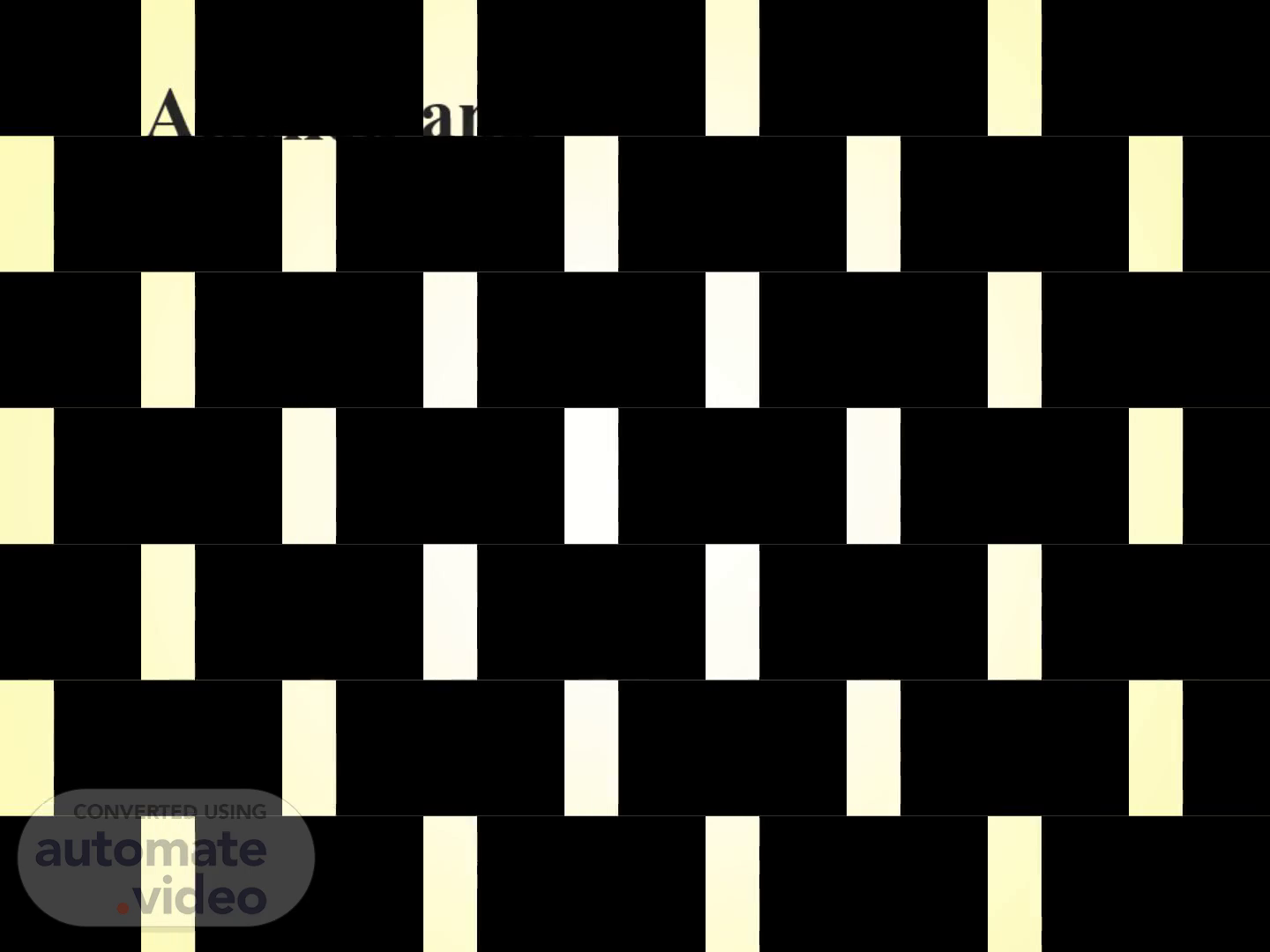Scene 1 (0s)
Moderator: Dr.Farzana Sultana Junior Consultant Department of Oculoplasty NIO&H.
Scene 2 (16s)
Lacrimal gland. Conjunctival sac. Lacrimal puncta.
Scene 3 (32s)
Ectodermal origin From Superolateral conjunctival fornix..
Scene 4 (47s)
The main lacrimal gland is situated in the fossa for lacrimal gland, formed by the orbital plate of frontal bone in the anterolateral part of the roof of orbit.
Scene 5 (59s)
The lacrimal fossa, where the lacrimal sac lies, is a depression in the inferomedial orbital rim formed by the anterior lacrimal crest (maxillary bone) & posterior lacrimal crest (lacrimal bone)..
Scene 6 (1m 12s)
It includes Lacrimal gland Accessory lacrimal glands.
Scene 7 (1m 26s)
A diagram of the body Description automatically generated.
Scene 8 (1m 34s)
It consists of Large Orbital Part Small Palpebral Part Lateral expansion of levator separates the parts.
Scene 9 (1m 44s)
Fig: The main lacrimal gland. Lacrimal gland (orbital part) Lacrimal gland (palpebral part) Lateral check ligament Lateral rectus Inferior rectus Levator palpebrae superioris Superior rectus Medial rectus Medial check ligament Suspensory ligament Inferior oblique.
Scene 10 (1m 55s)
It is large,about the size and shape of a small almond.It has two surfaces (superior and inferior), two borders (anterior and posterior), two extremities (medial and lateral)..
Scene 11 (2m 9s)
The Palpebral Part. Small,about 1/3rd size of orbital part. Consists of only two or three lobules. Lies over superior fornix , seen on lid eversion. It is situated upon the course of ducts..
Scene 12 (2m 23s)
10-12 ducts pass from main lacrimal gland to open in the lateral part of the superior fornix. One or two ducts also open in the lateral part of the inferior fornix. All pass through the palpabral part..
Scene 13 (2m 38s)
Glands of Wolfring These are microscopic glands present along the upper border of superior tarsus (2-5 in number), and lower border of inferior tarsus (2-3 in number).
Scene 14 (2m 55s)
Artery supply: Lacrimal artery Venous drainages: Lacrimal vein Lymphatic drainage: pre auricular lymph nodes.
Scene 15 (3m 5s)
Supraorbital Lateral palpebral Lacrimal gland Zygomaticofacial Zygomaticoternporal Lacrimal artery Superior orbital fissure Recurrent meningeal artery Internal carotid artery.
Scene 16 (3m 13s)
Venous Drainage. Lacrimal v. Superior ophthalmic v. Central retinal v. Cavernous sinus Pterygoid plexus Vorticose v. Inferior ophthalmic v..
Scene 17 (3m 22s)
Lymphatic Drainage. Sub mental L. nodes ccipital L. nodes Retro-auricular L nodes Pre-auricular/Superficial parotid L nodes nodes Superficial cervical L. nodes Submandibular L. nodes.
Scene 18 (3m 32s)
Sensory nerve supply comes from the lacrimal nerve. Sympathetic nerve supply comes from the carotid plexus of the cervical sympathetics. Secretomotor fibres are derived from the superior salivary nucleus..
Scene 19 (3m 46s)
Nerve Supply. 1 st division of V CN Lacrimal gland Zygomatic nerve Pterygo palatine ganglion Lacrimal nerve 4 Trigeminal ganglion Foramen rotundum Greater superficial petrosal nerve Pterygoid canal Deep petrosal nerve Internal carotid artery (ICA) Sympathetic plexus.
Scene 20 (3m 55s)
Function of lacrimal gland Main lacrimal gland-reflex secretion Accessory lacrimal gland-basic secretion.
Scene 21 (4m 5s)
Free mucus strands in aqueous layer Lipid layer (O. I pm) Acqueous layer (8 pm) containing dissolved substance Mucin layer (0.02 pm - 0.05 pm) Corneal epithelium (60 pm).
Scene 22 (4m 15s)
Applied anatomy Surgical removal of gland Ducts obstruction conjunctival pathology Gland and duct damage during upper lid surgery Prolapse of the gland Tumors-benign and malignant Dry eye Lacrimation.
Scene 23 (4m 27s)
Lacrimal Gland Prolapse. J" PhotocourteyofAnne &rmettler, M.D.,.
Scene 24 (4m 35s)
A small, round or oval orifice on the elevation called the papilla lacrimalis. Situated at medial end of lid margin;at the junction of ciliated and non-ciliated part of lid margin..
Scene 25 (4m 49s)
Upper punctum medial to lower, from the medial canthus being 6 and 6.5 mm. The upper punctum opens inferoposteriorly, the lower superoposteriorly..
Scene 27 (5m 8s)
Applied anatomy. Punctal stenosis Punctal agenesis True agenesis (Complete absence) False agenesis(Membranous occlusion).
Scene 28 (5m 16s)
Punctal stenosis. Punctal agenesis.
Scene 29 (5m 24s)
They join puncta to lacrimal sac. 0.5 mm in diameter. They have 2 parts- vertical 2mm horizontal 8mm Between 2 parts there is slight dialatation called ampulla The canaliculi pierce the lacrimal fascia separately then united to form common canalicullus, which open into lacrimal sac..
Scene 30 (5m 41s)
Valve of Rosenmuller Probing Cannalicular obstruction diagnosed by lacrimal irrigation Canalicular injury.
Scene 31 (5m 50s)
Superior canaliculus Valve of Rosenmüller Lacrimal sac Inferior canaliculus Nasolacrimal duct Valve of Hasner.
Scene 32 (5m 57s)
Fig: Probing.
Scene 33 (6m 3s)
Canalicular Injury.
Scene 34 (6m 9s)
Lacrimal fossa, formed by lacrimal bone and frontal process of maxilla . Parts. 3 parts: 1.Fundus—Portion above the opening of canaliculi (3-5mm) 2.Body—Middle part (10-12mm) 3.The neck(lower small part which is narrow) The sac is enclosed by a periorbita, splits &form the lacrimal fascia ..
Scene 35 (6m 27s)
The lacrimal sac when distended is about 15 mm in length and 5-6 mm in breadth with volume of about 20 c.mm.
Scene 36 (6m 40s)
Anterolateral:lacrimal fascia,Orbicularis oculi,medial palpebral ligament,angular vein Posterior:lacrimal fascia,orbicularis oculi muscle,septum orbitale.
Scene 37 (6m 53s)
Inflammation Dacryolith Tumor DCR surgery - Conventional DCR - Laser DCR.
Scene 38 (7m 0s)
Nasolacrimal duct. The nasolacrimal duct that is the continuation of lacrimal sac to the inferior meatus.Its upper end is the narrowest part . 12-24mm. Average 18mm It descends posterolaterally, a surface indication a line from medial canthus to ala of nose. 2 parts : Intraosseous part (12.5mm) Intrameatal part (5.5mm.
Scene 39 (7m 18s)
Diagram of a human eye showing the parts of the eye.
Scene 40 (7m 26s)
They are folds of mucous membrane with no valvular function. The most constant is the 'valve' of Hasner at the lower end. It prevents sudden blast of air (when blowing the nose) from entering the lacrimal sac..
